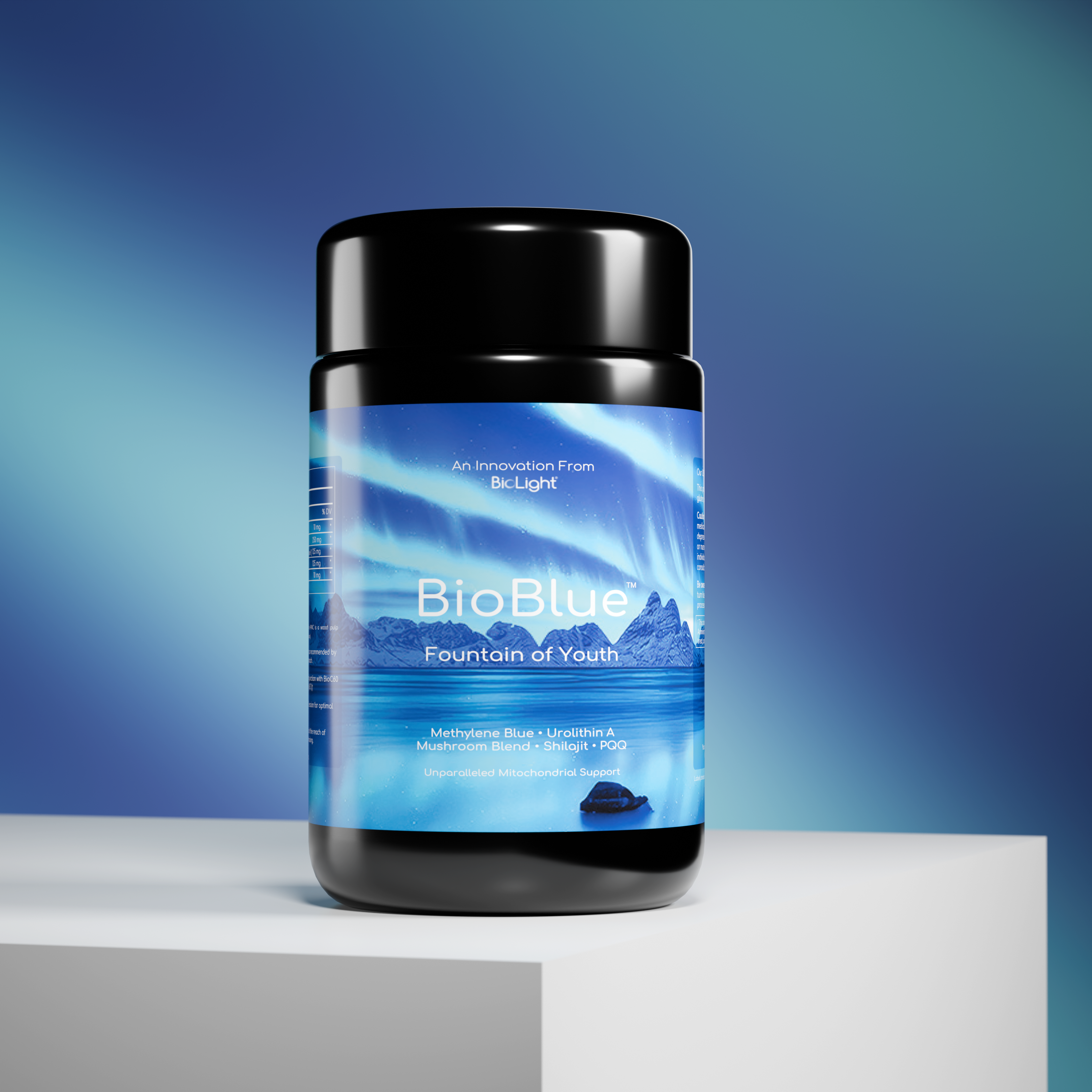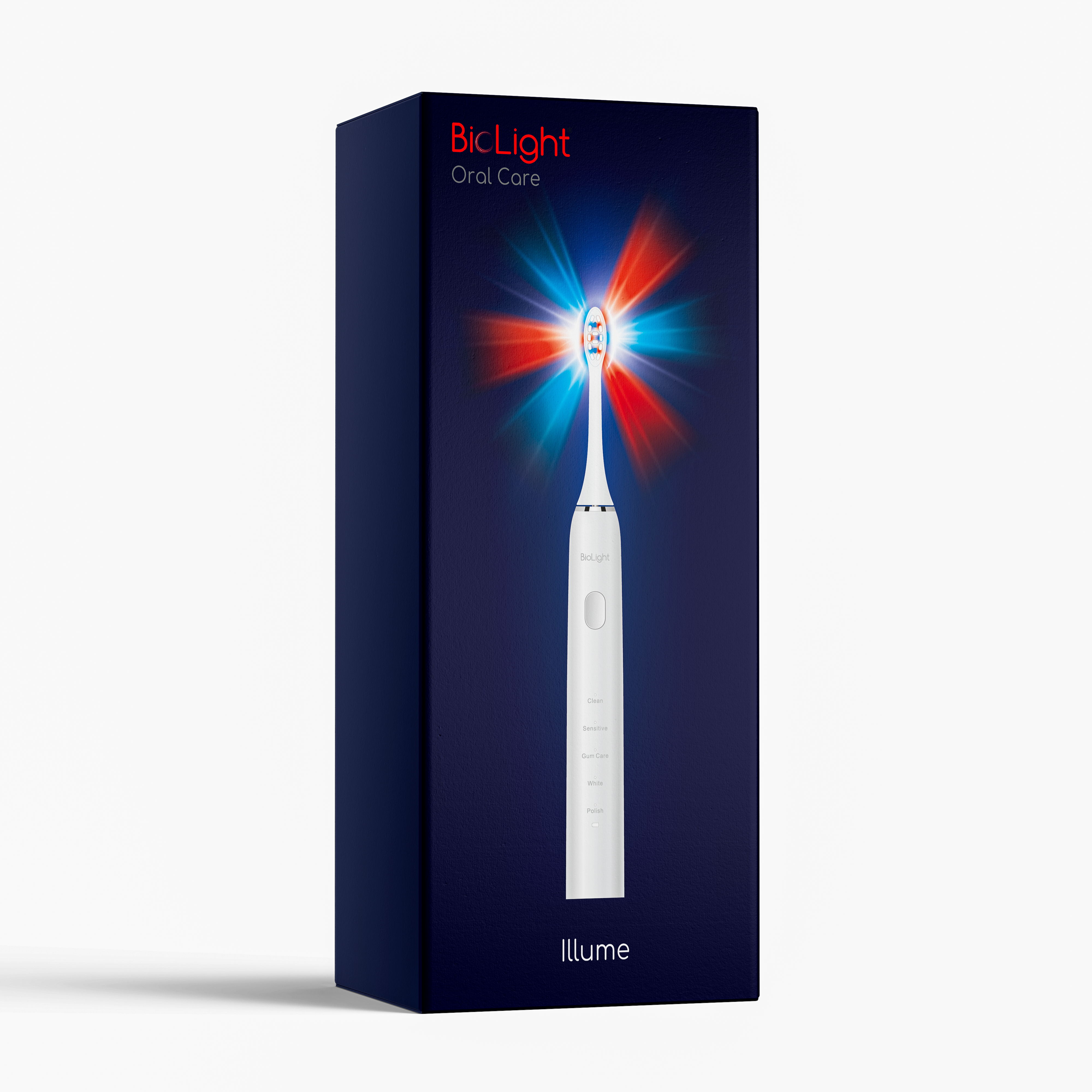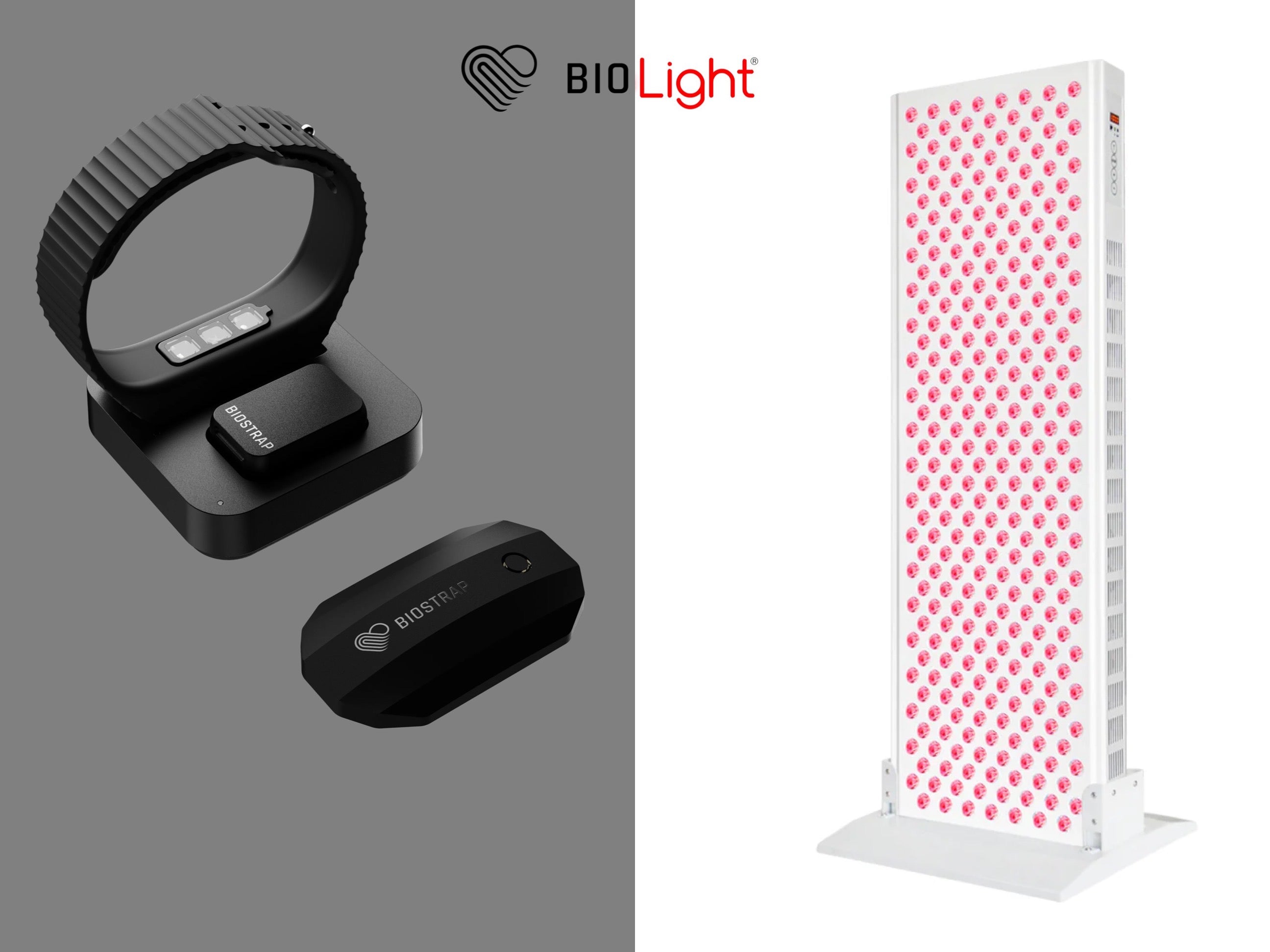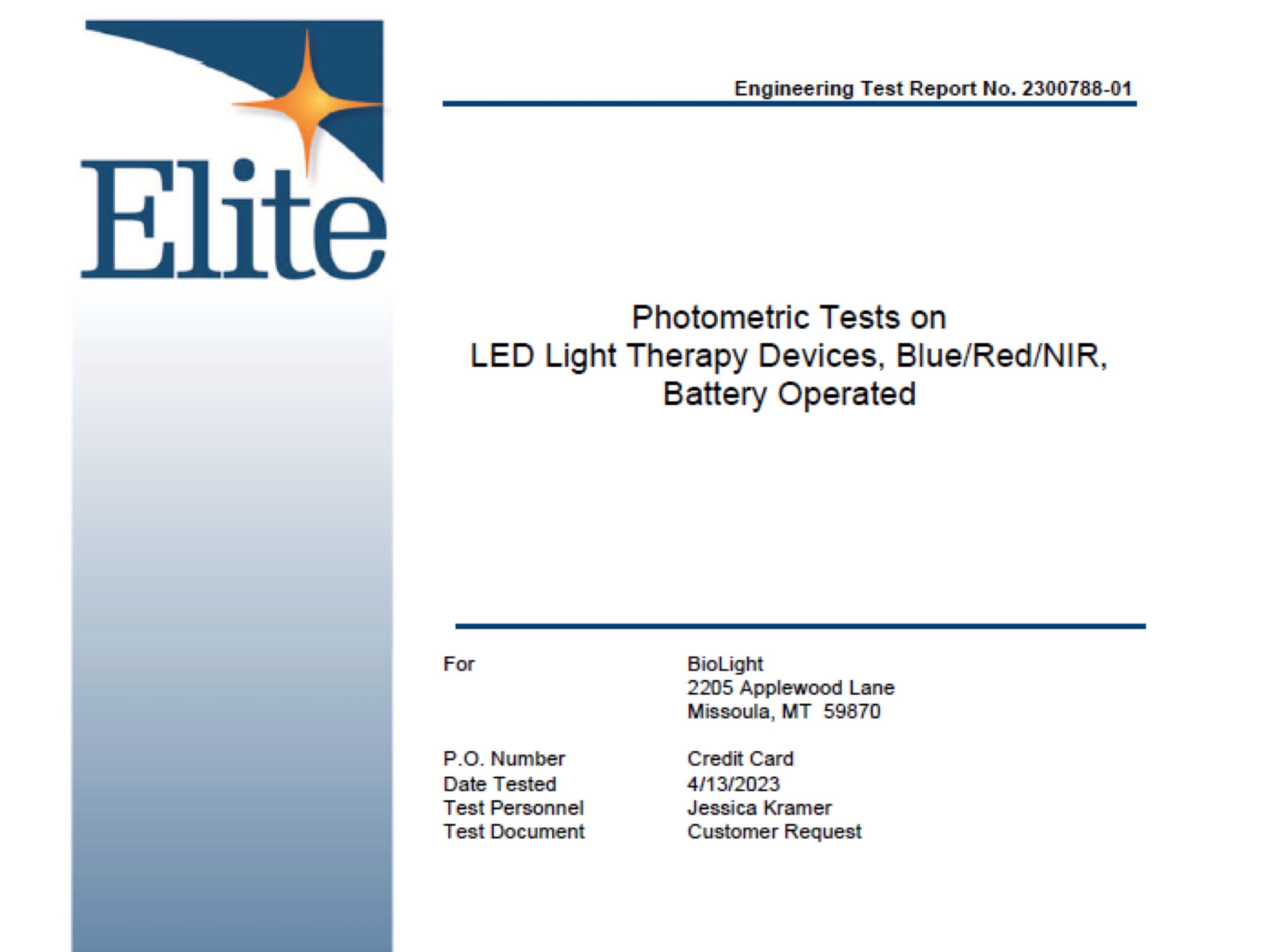Huntington’s disease is a devastating neurodegenerative disorder with no known cure. It affects motor control, cognition, and psychiatric health, leading to a progressive decline in quality of life. Recent research has highlighted Methylene Blue as a potential treatment for Huntington’s disease. This blog explores the scientific evidence, mechanisms of action, and future prospects of Methylene Blue in treating this challenging condition.
Understanding Huntington’s Disease
Symptoms and Impact
Huntington’s disease is characterized by involuntary movements, cognitive decline, and psychiatric symptoms. It typically manifests in mid-adulthood and progresses over time, significantly impacting patients and their families.
Current Treatment Limitations
Existing treatments for Huntington’s disease mainly focus on managing symptoms. However, these treatments do not halt disease progression, highlighting the need for new and effective therapies.
How Methylene Blue May Help
Enhancing Mitochondrial Function
Mitochondrial dysfunction is a key factor in Huntington’s disease. Methylene Blue enhances mitochondrial efficiency, increasing ATP production and reducing oxidative stress. By improving mitochondrial function, Methylene Blue supports neuronal health and can potentially slow disease progression.
Reducing Protein Aggregation
Protein aggregation, specifically huntingtin protein, is a significant contributor to neuronal damage in Huntington’s disease. Methylene Blue has demonstrated the ability to reduce these toxic protein aggregates, potentially slowing the progression of the disease and improving motor and cognitive function.
Neuroprotective Effects
Methylene Blue provides neuroprotective benefits by preventing oxidative stress and mitochondrial dysfunction in neurons. This action helps preserve neuronal integrity and function, which is crucial for managing Huntington’s disease symptoms.
Research and Clinical Evidence
Preclinical Studies
Animal models of Huntington’s disease have shown that Methylene Blue can reduce motor symptoms, improve cognitive function, and decrease protein aggregation. These promising results indicate that Methylene Blue has potential as a therapeutic agent for Huntington’s disease.
Human Trials
Early-stage clinical trials in humans are underway to evaluate the safety and efficacy of Methylene Blue in treating Huntington’s disease. Preliminary results are encouraging, with some patients experiencing improvements in motor and cognitive symptoms. Ongoing research aims to refine dosages and administration methods to maximize benefits and minimize side effects.
Practical Considerations
Dosage and Administration
Consulting with a healthcare provider is essential before starting Methylene Blue for Huntington’s disease. They can recommend appropriate dosages and monitor for any side effects. Typically, Methylene Blue is administered orally, with dosages varying based on individual needs and disease severity.
Potential Side Effects
While Methylene Blue is generally well-tolerated, it can cause side effects such as nausea, dizziness, and mild skin discoloration. Monitoring for these side effects and adjusting the dosage as needed can help minimize discomfort.
Combining with Other Treatments
Methylene Blue may be used in combination with existing treatments for Huntington’s disease to enhance its effectiveness. Combining it with physical therapy, cognitive therapy, and traditional medications can provide a comprehensive approach to managing the disease.
Looking Ahead: A Brighter Future for Huntington’s Disease Treatment
Methylene Blue offers a promising new avenue for treating Huntington’s disease. Its ability to enhance mitochondrial function, reduce protein aggregation, and provide neuroprotective effects makes it a valuable candidate for future therapies. As research progresses, Methylene Blue may become a cornerstone in the fight against Huntington’s disease. Always consult with healthcare professionals before starting any new treatment to ensure safety and effectiveness. Stay hopeful and informed about the latest developments in Huntington’s disease research.















